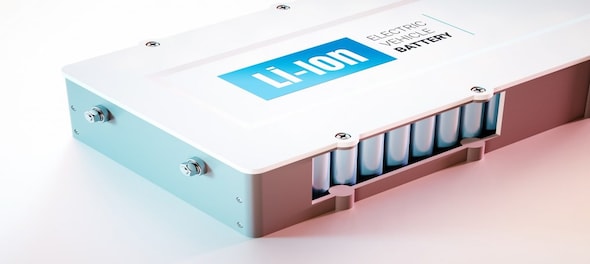
Battery swapping technology for two-wheelers, three-wheelers and four-wheelers will be available in India from mid-2023. Battery swapping technology, where depleted battery units in electric vehicles can be swapped out for charged batteries, will be available in India after the battery swapping policy is noted and pushed out by the government. This is expected to happen sometime next year, senior government officials told The Print.
Battery swapping or battery-as-a-service allows EV owners to replace the discharged batteries with charged ones at swap stations. Battery leasing can help EV owners save on the cost of buying a battery. The service is less time consuming than charging and also requires minimum infrastructure.
“The battery swapping policy being prepared by NITI Aayog will be in place by the end of this year and we are hopeful that by mid-next year, we can see the system take off. By next year, the entire ecosystem will start flourishing,” Sudhendu Jyoti Sinha, advisor, Infrastructure Connectivity—Transport and Electric Mobility, NITI Aayog, told reporters.
Read Also |
Finance Minister Nirmala Sitharaman had said that the battery swapping policy would be introduced in FY2022-23, and that the measure would help India achieve electrification of all new vehicles by 2030. She announced that nearly Rs 40 crore would be allocated to the project.
The policy being prepared by NITI Aayog and the Bureau of Indian Standards (BIS) will set down concrete standards and regulations for battery swapping units that will be used in EVs in the country. Battery swapping has been proposed as an alternative for the lack of charging infrastructure and limited range present today in the EV space. Under the current plans for the policy, ideas for swapping stations that work much like petrol pumps are being floated along with financial incentives and models to set up these stations.
NITI Aayog is also working on the policy to determine what happens with the lithium-ion batteries that reach the end of their life cycle. The discarded lithium-ion EV batteries present a great opportunity to recycle and reuse its precious raw materials like lithium, cobalt, zinc and others -- charging up India's electric dreams.
The policy is being worked on by different ministries like heavy industries and road transport along with members of NITI Aayog.
The BIS at the same time is working out standards for these battery units that will be used in swapping. Issues under consideration include weight of the battery, physical dimensions of the battery, interoperability between different systems, the use of charging and connecting standards and communication protocols to be used.
“The idea of a standard is to have uniformity for proliferation, for safety and also ease,” the BIS official said.
As a result of the swapping policy, EVs that use the new battery swapping mechanism can see a 30-40 percent reduction in their costs as large battery units make up nearly half of the price of new EVs.
But the major obstacle will remain the reticence of major original equipment manufacturers (OEMs) to share battery standards and designs with each other to follow the standards set by the government for battery units. The move would require heavy government mandates and substantial incentives to succeed.
(Edited by : Thomas Abraham)
Check out our in-depth Market Coverage, Business News & get real-time Stock Market Updates on CNBC-TV18. Also, Watch our channels CNBC-TV18, CNBC Awaaz and CNBC Bajar Live on-the-go!


Lok Sabha Election 2024: Shiv Sena UBT’s Arvind Sawant highlights Uddhav Thackeray's vision for Mumbai’s progress
May 13, 2024 9:21 PM
Exclusive interview: 'Southern states will be a big surprise,' says PM Modi
May 13, 2024 9:05 PM
PM Modi's Patna visit: From serving langar to historic roadshow
May 13, 2024 5:13 PM

